TIGERSOFT's Accumulation Index
BUY When Insiders Who Are BUYING (Accumulating)
SELL When Insiders SELLING (Distribution) Your Stock,
Commodity, Metal or Currency.
(c) 2010 www.tigersoft.com
All rights strictly reserved.
TigerSoft
invented the "Accumulation Index" to show what corporate and
Wall Street professionals are doing with particular stocks when they buy or sell it
gradually without immediately affecting price much at all. This gives you plenty
of time to do your own due-dilligence. We take postitions on the automatic
signals TigerSoft then produces.
Sometimes insiders are buying into price weakness. KIRK showed such selling
in
late 2007, three months before it shot upwards by 400% in 6 months.
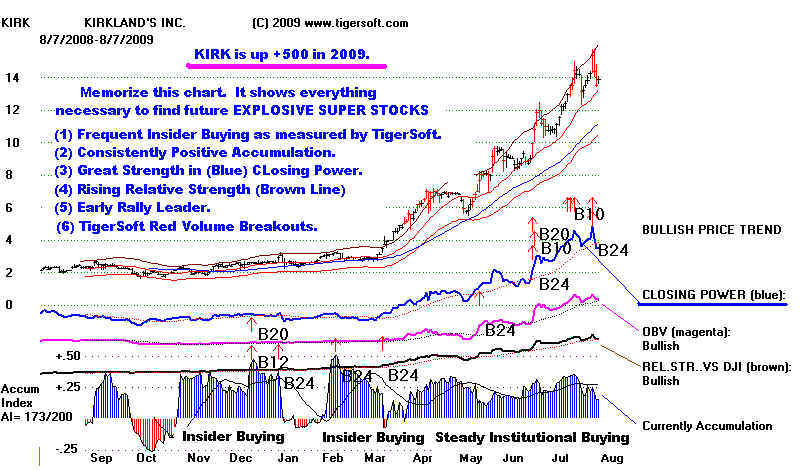
Sometimes insiders are selling into price strength. AAPL showed such selling in
September 1987, right before it crashed 50% in 3 weeks. AAPL has shown the same
pattern at a number of more recent tops. Subscribe to our services and read more.
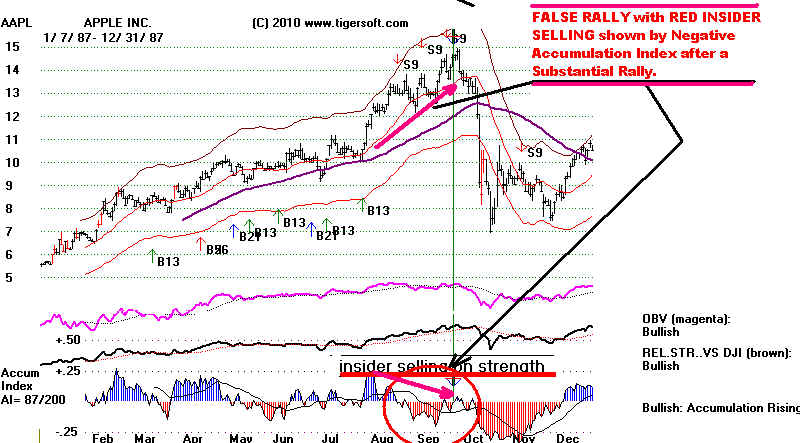
INSIDER
BUYING - HOW TIGERSOFT SPOTS IT
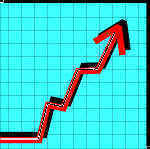




Insider Buying is
commonly shown by bulges of the Accumulation Index that rise
above a
critical level.
Such stocks may not immediately go up. The overall market may weaken
the stock after
their buying. Insiders, themselves, may even do some selling in
such stocks to keep it
from rallying too strongly before they have taken the full-sized
position they want.. Since
they know it will eventually rise very meaningfully, they will try to
take very big positions.
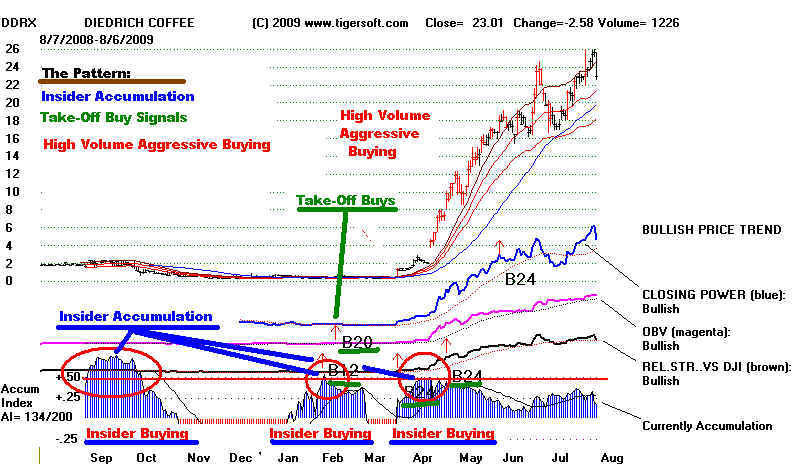
WATCH WHAT
DOCTORS ARE BUYING IN THE CLINICAL TRIALS
Often this is because earnings are
about to improve dramatically, as when a biotech
approaches FDA approval for a block buster drug. AMGN in 1990 had two drugs in
very successful clinical trials. We can bet that the doctors who saw the success of
Neupogen and Epogen were buying it hand over first, even as the general market
was weak because of the invasion of Kuwait by Iraq.
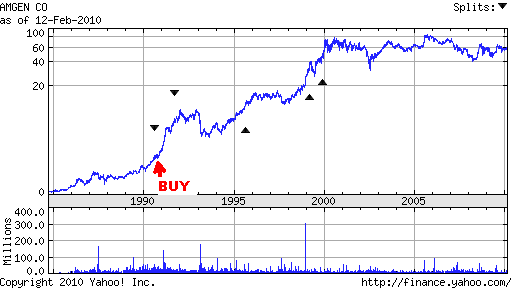
See all the high (blue)
Accumulation for a year. This is exceedingly rare.
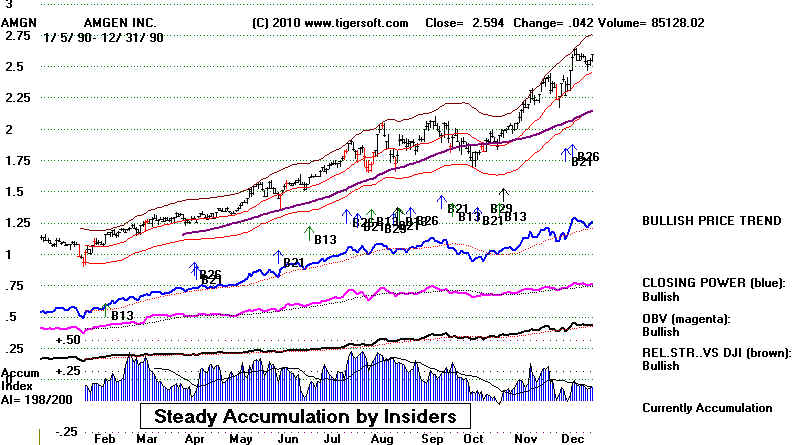
Insider buying we detected in April 2007 in stock of Odyssey
Exploration. It was
occasioned by the chief of exploration for the company buying shares in his own stock
in large amounts. This was spotted by others in the brokerage business who
took
his BUY OMR orders, we can surmise. This insider knew OMR would leap higher
because the public had not yet been told that the company had just found $500 million in
underwater silver and gold coins.
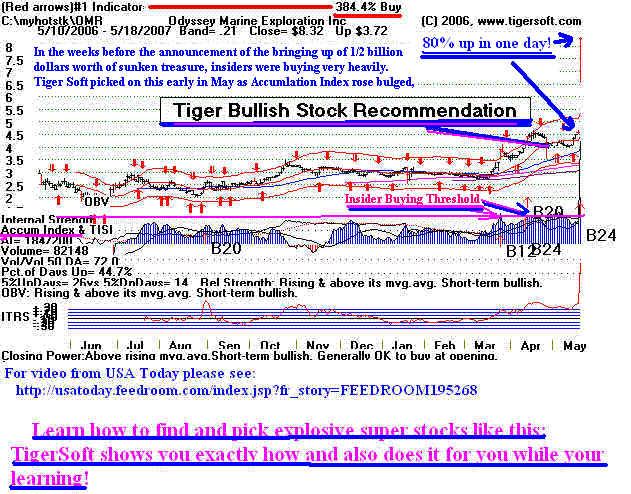
INSIDER BUYING
CAN SOMETIMES
TURN QUICKLY INTO INSIDER SELLING
A new technology
can generate insider buying, too. So can rising oil, metal
or commodity prices, but this is a trend that can reverse suddenly.
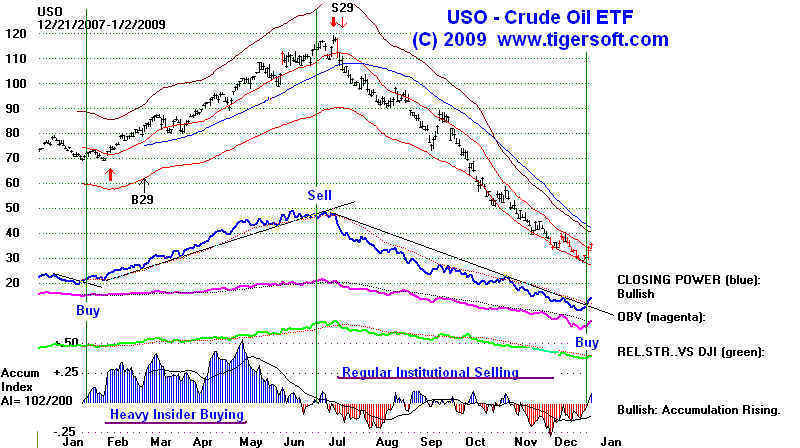
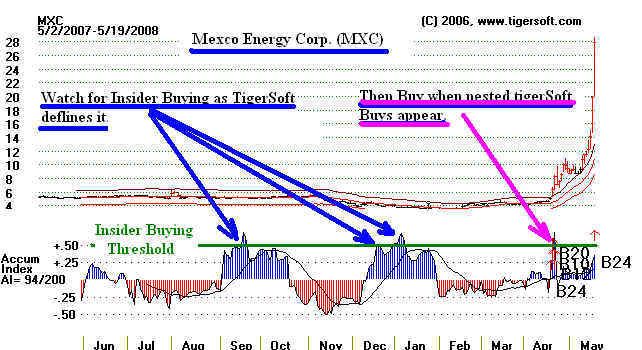
SINISTER
PRICE MANIPULATION
Such bullish bulges of insider buying can also be the start
of a massive scheme to
manipulate a stock price much higher with false earnings. CGN in 1997 was such a
case.
We recommended it for purchase on 5/1/97 at 6.688. We only saw the insider buying
and knew nothing of the way the stock's rally was being rigged. This was a time
when many tech stocks made big advances. We considered this just another well-
sponsored stock. As it turned out, after the stock reached 17, we discovered the
rally was based entirely on Wall Street fraud and manipulation. Charges of fraud
were
brought against CGN's insiders for falsifying earnings. The stock completely and
rapidly collapsed.
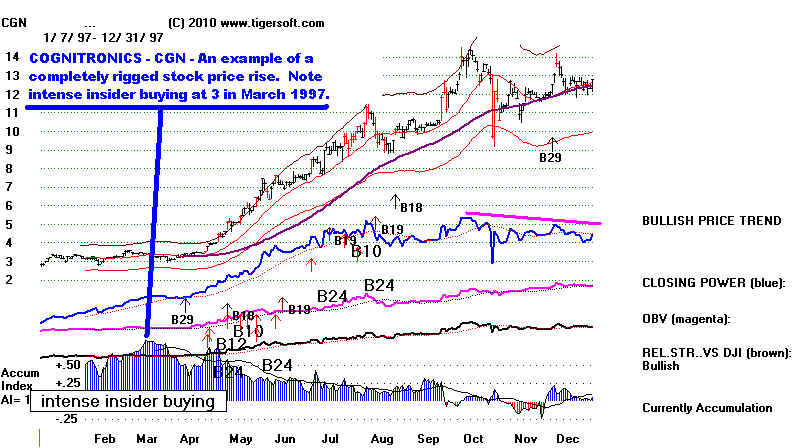
STEADILY
POSITIVE ACCUMULATION - INSTITUTIONAL BUYING
Patient buying on weakness or patient selling on
strength is most common. The insiders
here believe that they have a little time to take or exit large positions. But make
no mistake
about, these insiders believe they know what to expect. At low but steadily
positive levels, the
Accumulation Index represents institutional buying. MSFT showed this pattern from
1996-1998.
MICROSOFT
1996
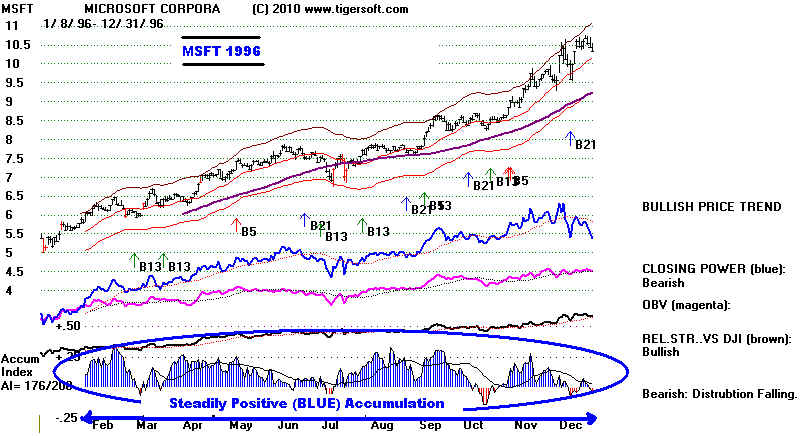
MICROSOFT
1997
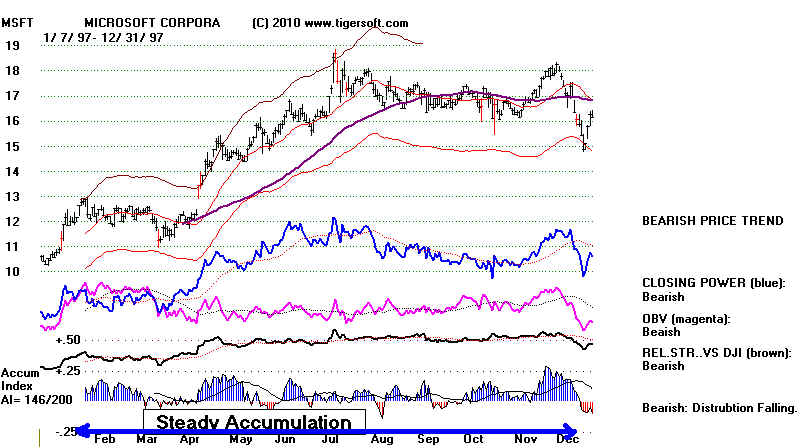
MICROSOFT
1998
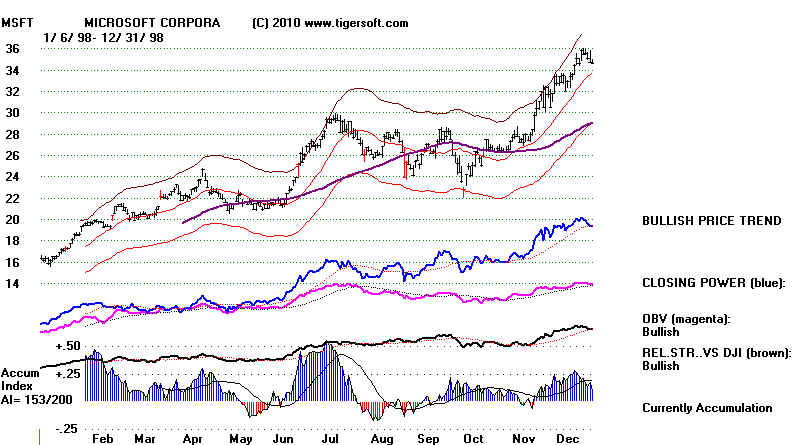
STEADILY
NEGATIVE ACCUMULATION
INSIDER
AND INSTITUTIONAL SELLING

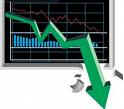

Insider always know when the collapse is coming. They sell
their own shares, long
before they let the public know how bad is the state of the company they have bled
dry.
Two clear cases of this are Washngton Mutual and Citigroup. Our Blog for 12/28/2007
warned WM might easily go bankrupt, based on how extensive the insider selling was.
December
30, 2007 Insider
Selling at Washington Mutual and CitiGroup
Should
Make Shareholders "Mad as Hell".
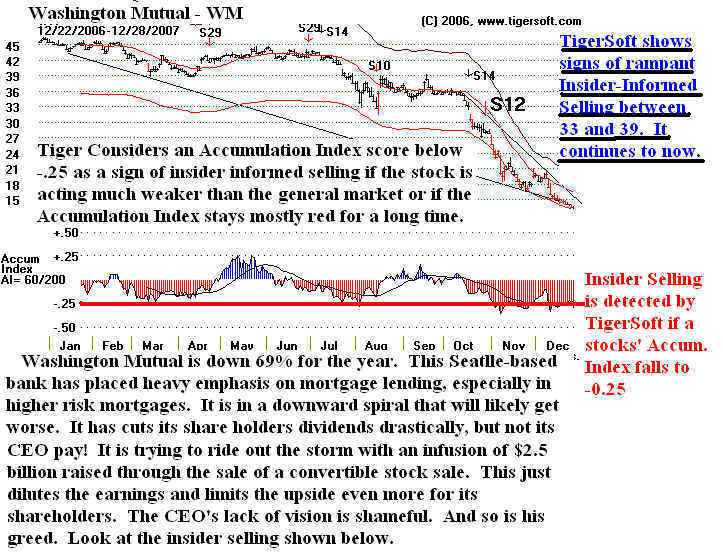
We postulate insider selling occurs when a stock, commodity,
metal or a currency
shows an Accumulation Index (red) reading below -.25 and the stock deteriorates
versus the general market. Nowhere was this more clearly seen than in the
case of
of CitiGroup after Robert Rubin's masive insider selling at the top in 2007 and
then
in 2008.
CitiGroup - 2007's ROBERT RUBIN's INSIDER SELLING and ITS
RIPPLE-EFFECTS
| 22-Jan-08 |
RUBIN ROBERT E
Officer |
9,010 |
Direct |
Disposition (Non Open Market) at $24.20 per share. |
$218,042 |
| 22-Jan-07 |
RUBIN ROBERT E
Officer |
77,500 |
Direct |
Sale at $55.05 - $55.05 per share. |
$4,266,0002
|
| 19-Jun-06 |
RUBIN ROBERT E
Officer |
196,624 |
Direct |
Disposition (Non Open Market) at $48.36 - $48.36 per
share. |
$9,509,0002 |
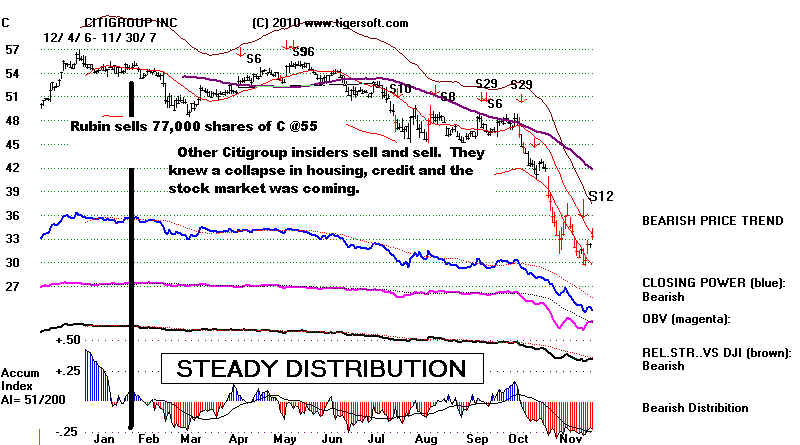
CitiGroup
- 2008's INSIDER SELLING
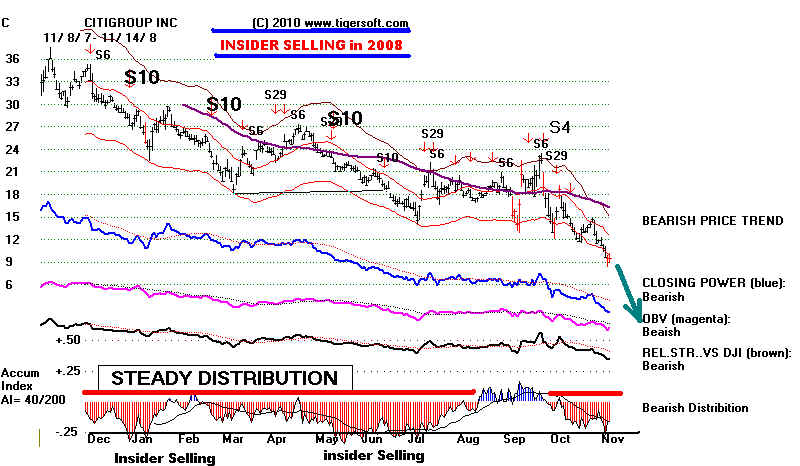
Japanese YEN -
1995-1998
Steady
(RED) Distribution
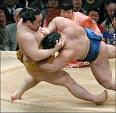  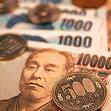   
In this period the Yen fell from 120 to a low of 68.
See below how the negative (red)
Accumulation Index
showed outsiders using TigerSoft's
Accumulation Index
that insiders were steadily selling
throughout this 4 year
period.
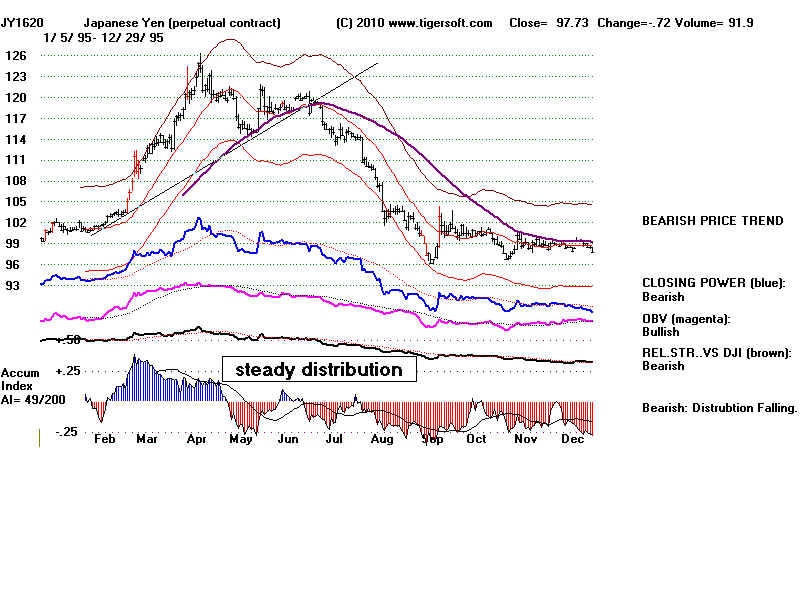 |
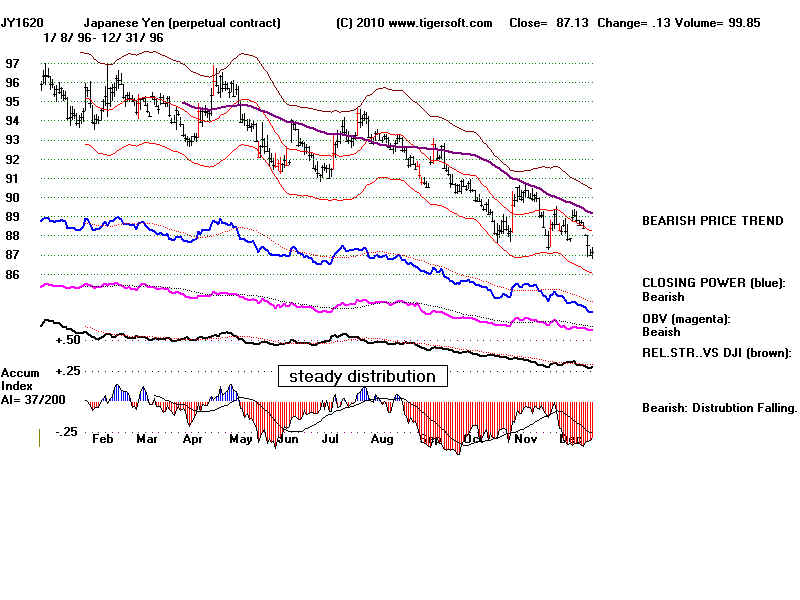 |
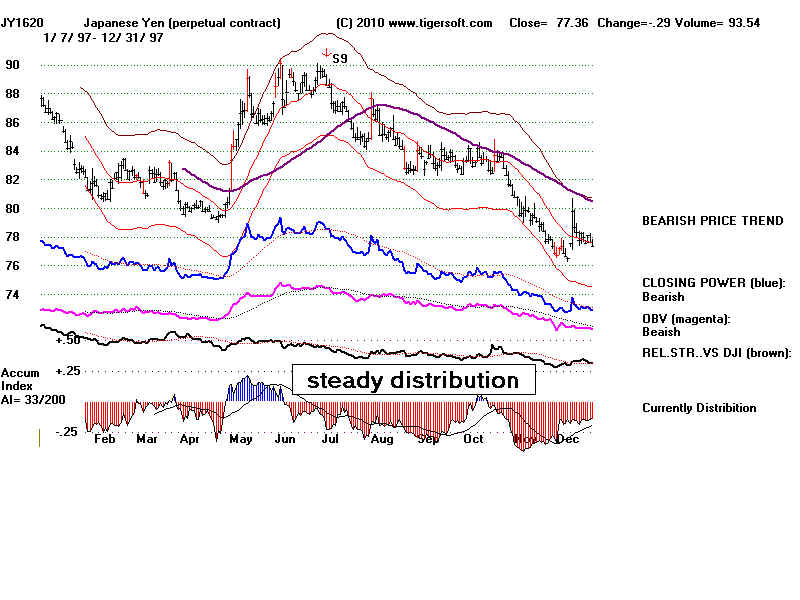 |
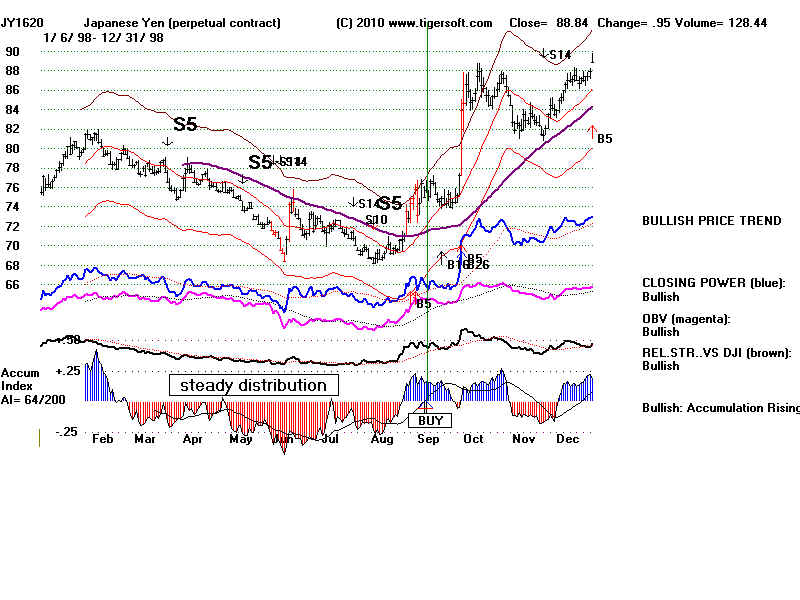 |
































